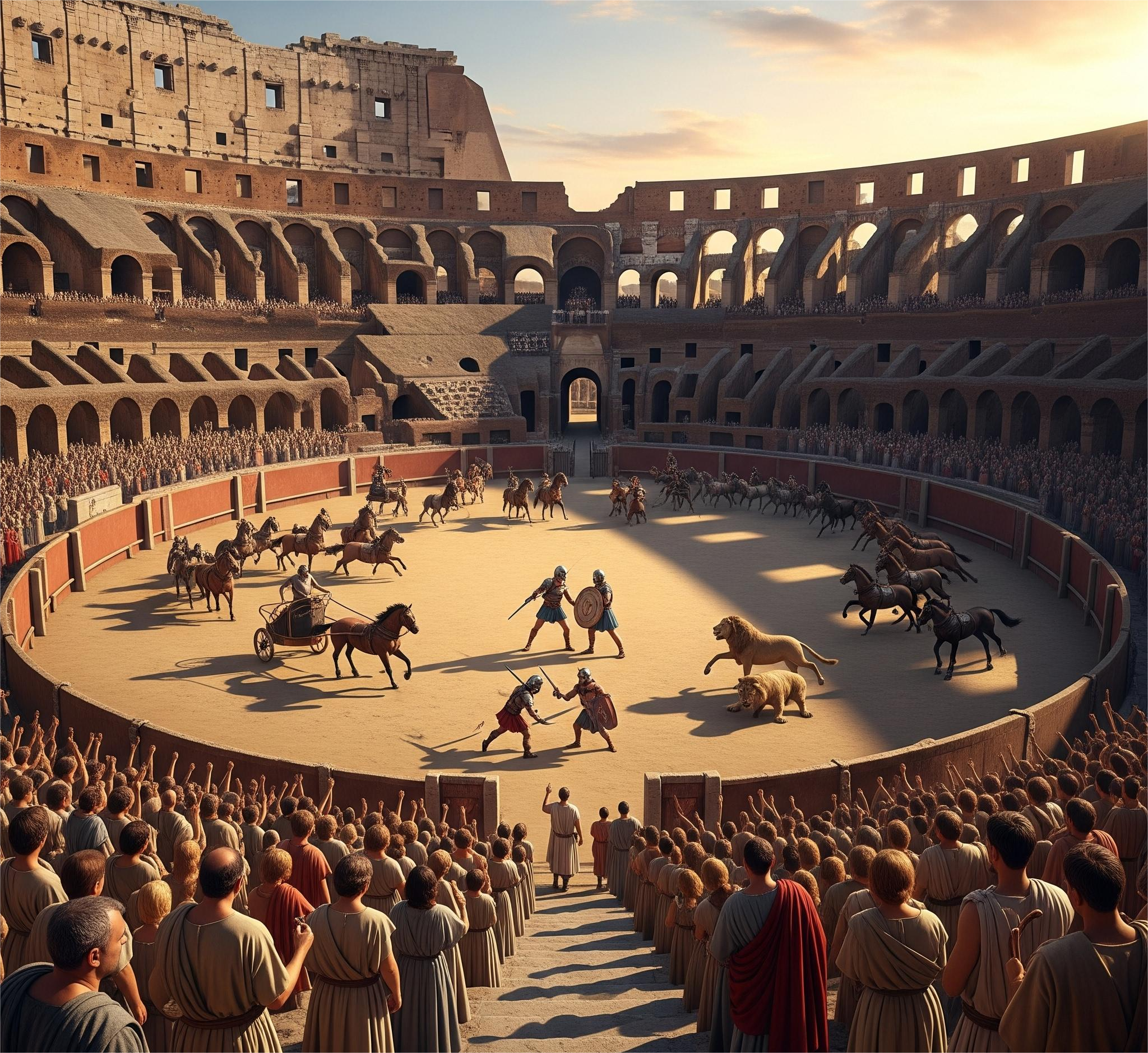Kings and Generals' historical animated documentary series on the history of ancient civilizations continues with a 3d tour of the main city of the Bronze Age Greece - Mycenae.
In the second millennium BC, Mycenae was one of the major centres of Greek civilization, a military stronghold which dominated much of southern Greece, Crete, the Cyclades and parts of southwest Anatolia. The period of Greek history from about 1600 BC to about 1100 BC is called Mycenaean in reference to Mycenae. At its peak in 1350 BC, the citadel and lower town had a population of 30,000 and an area of 32 hectares.
The first correct identification of Mycenae in modern literature was during a survey conducted by Francesco Grimani, commissioned by the Provveditore Generale of the Kingdom of the Morea in 1700, who used Pausanias's description of the Lion Gate to identify the ruins of Mycenae.
This new video showcases the architecture and structure of the city, focusing on the religious practices, defenses, culture, and daily life of the Bronze age Greeks.







